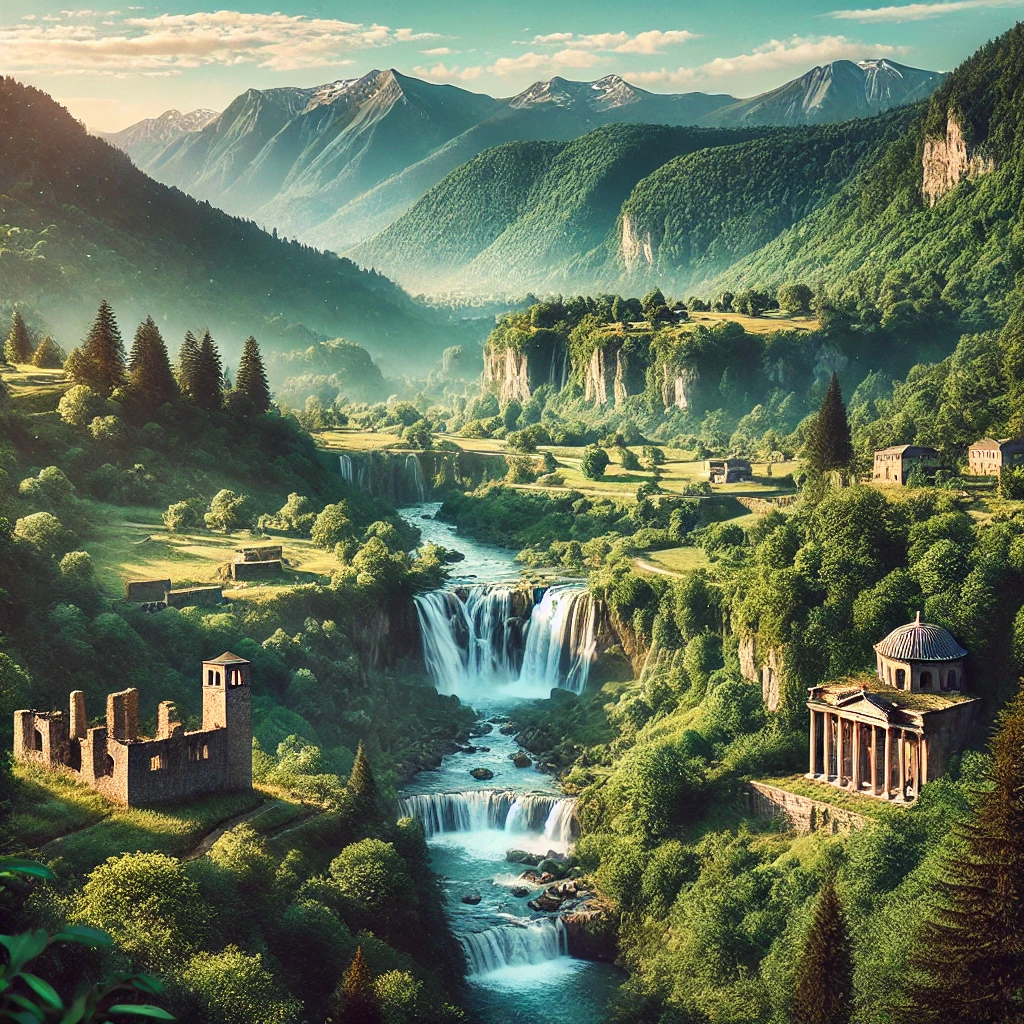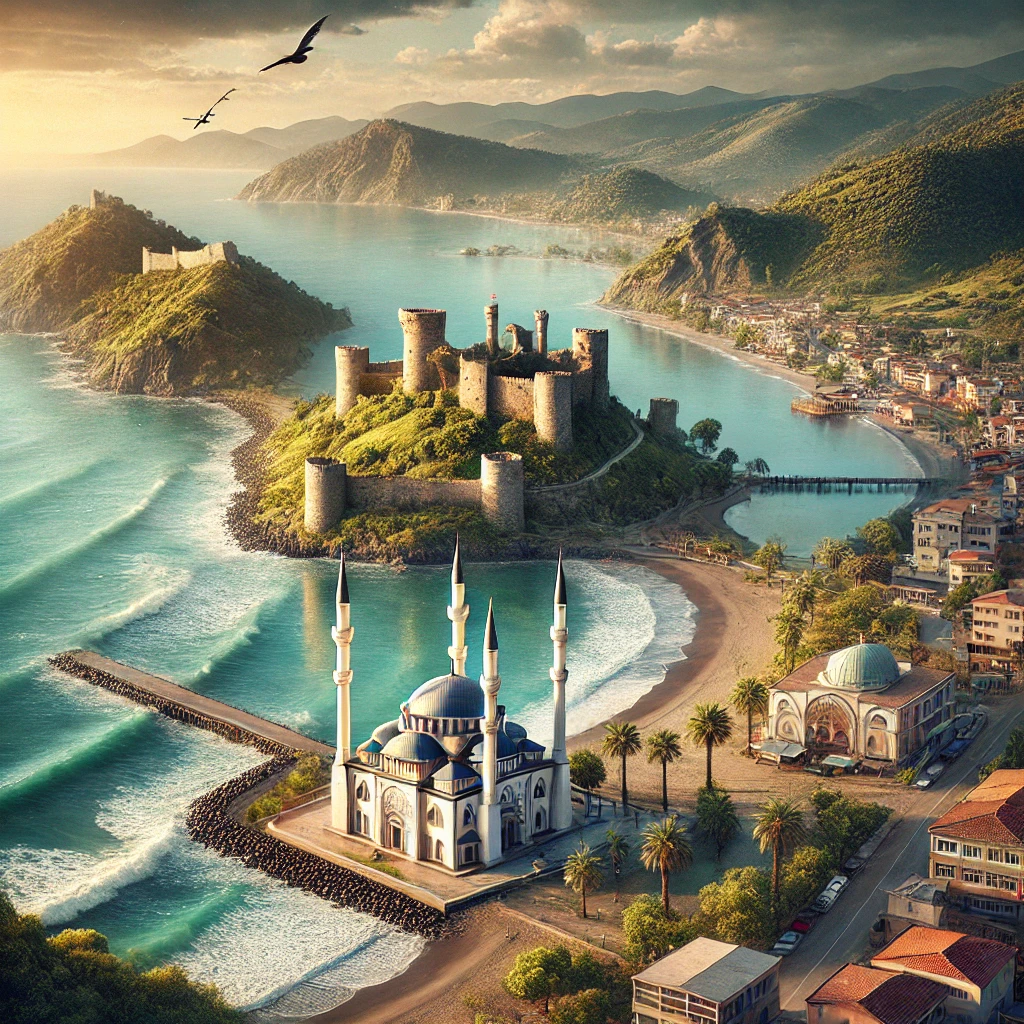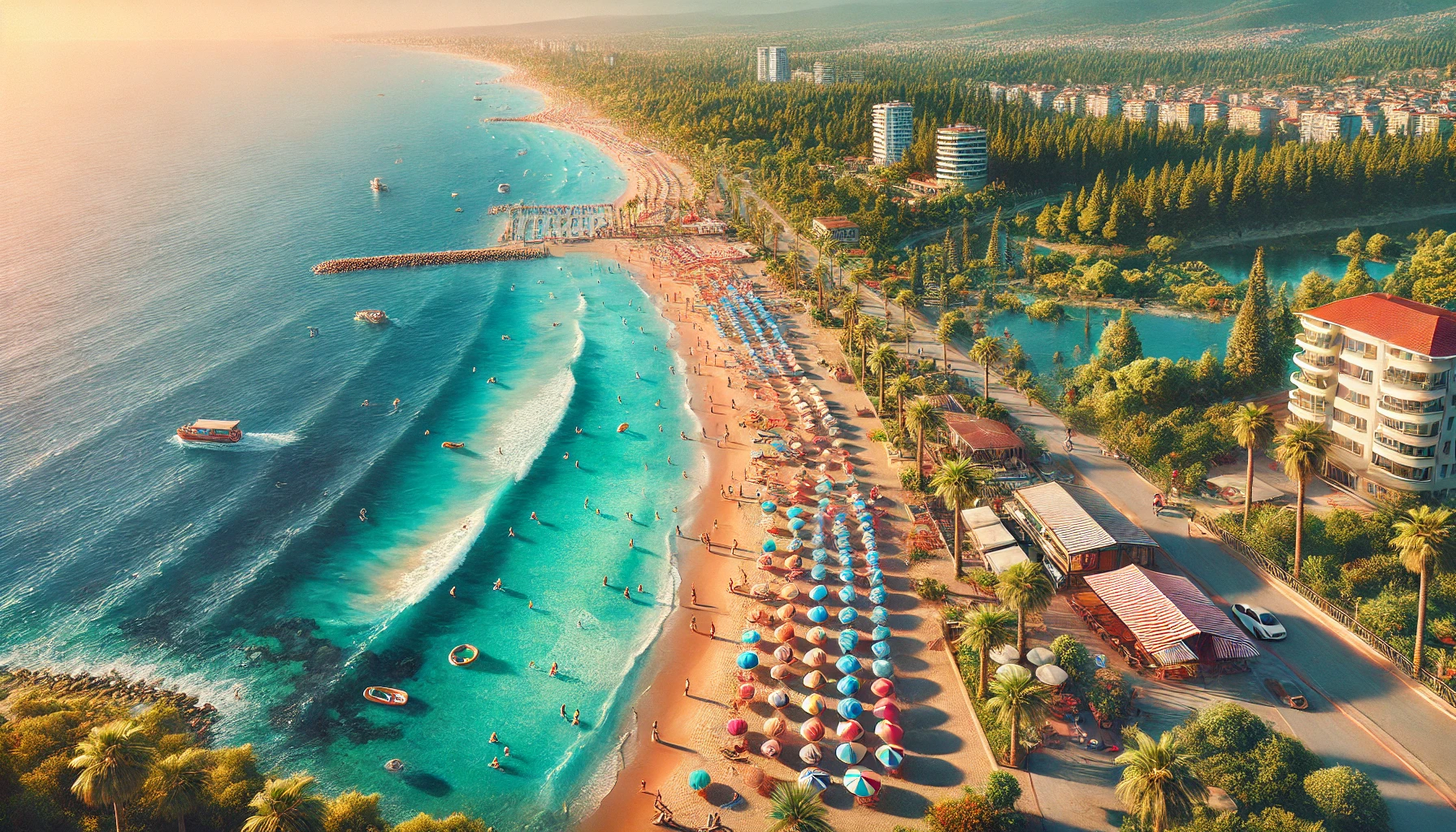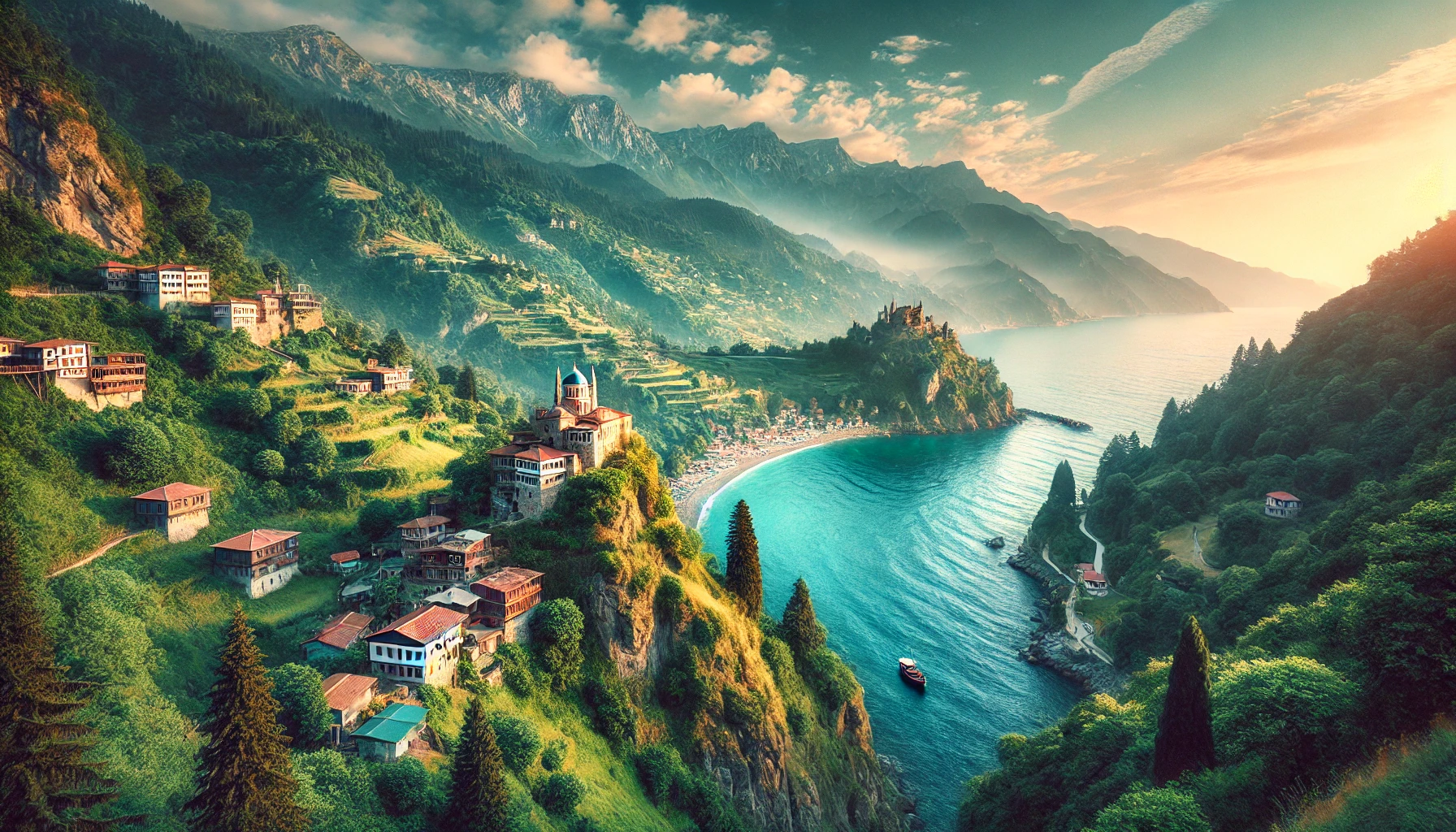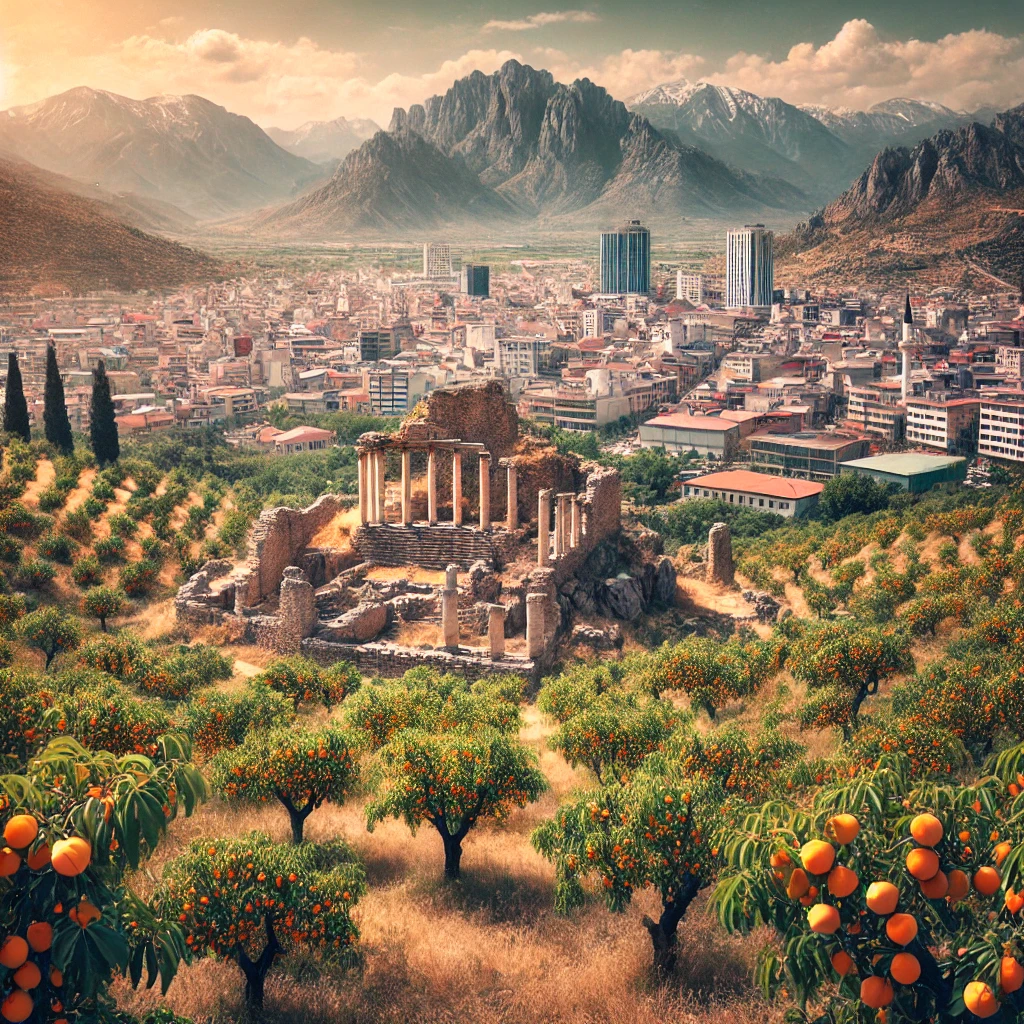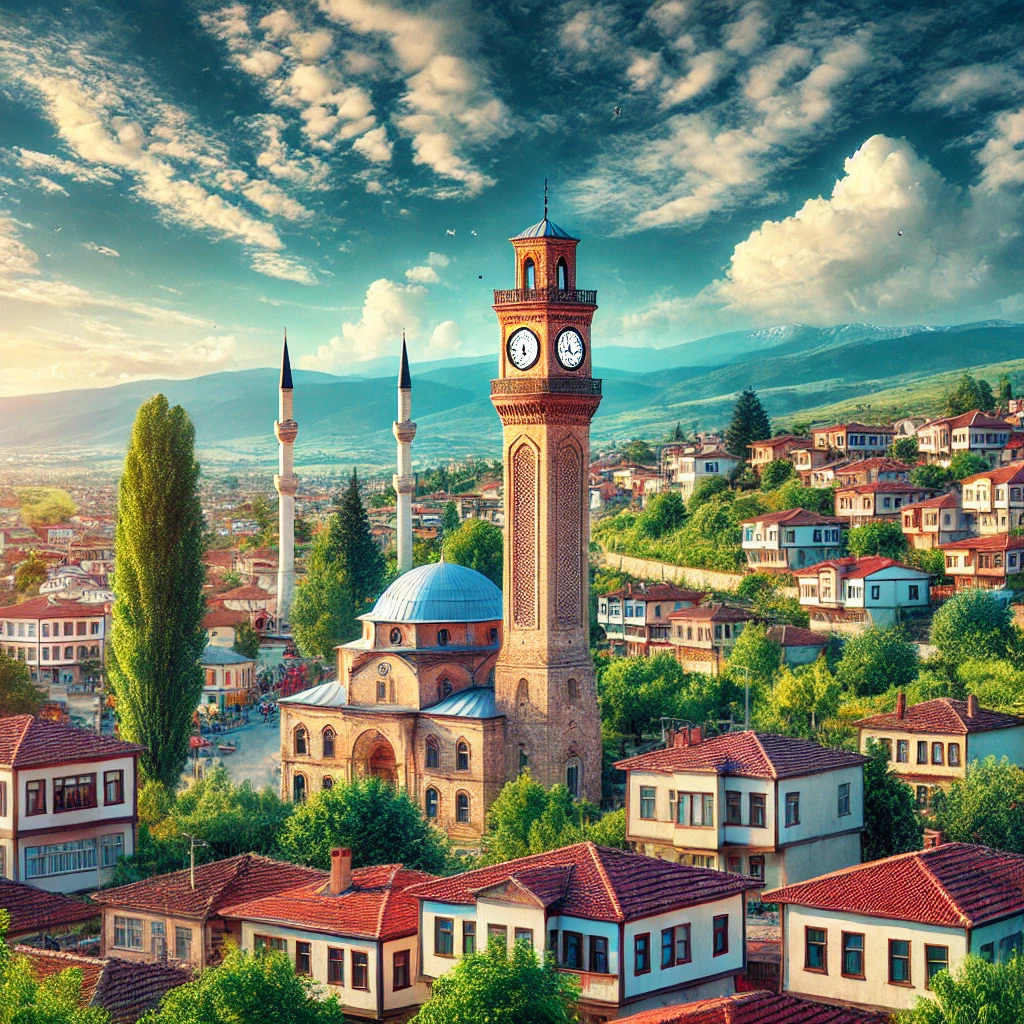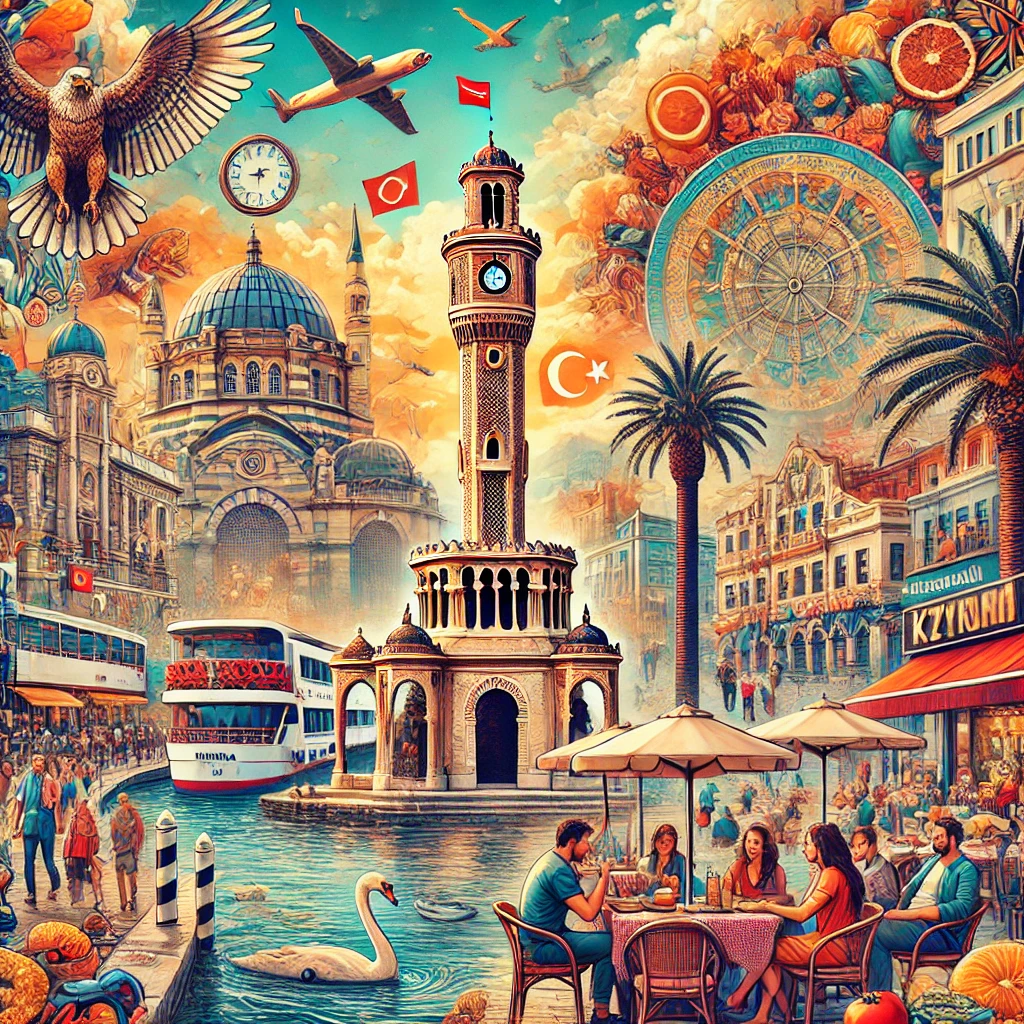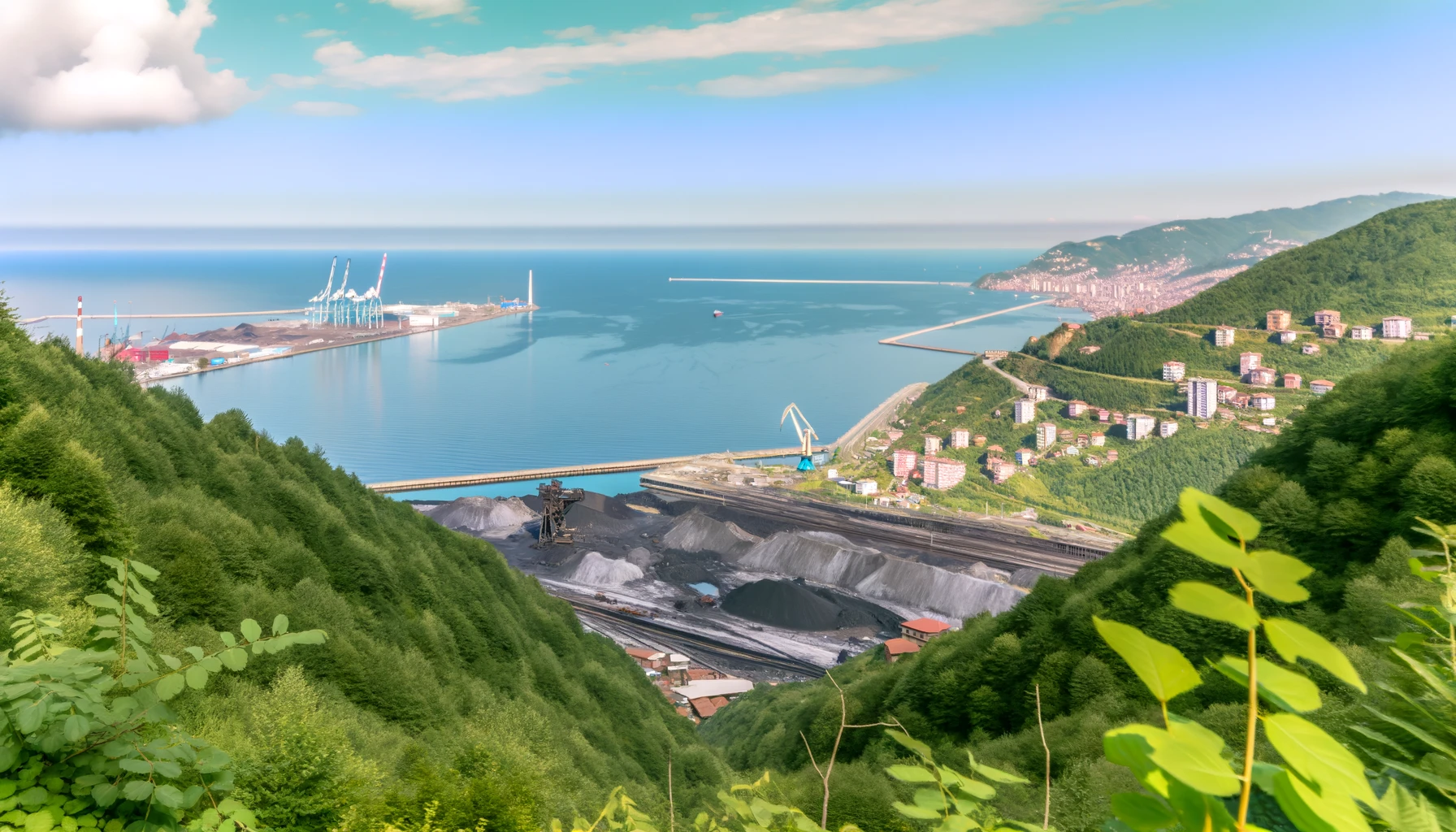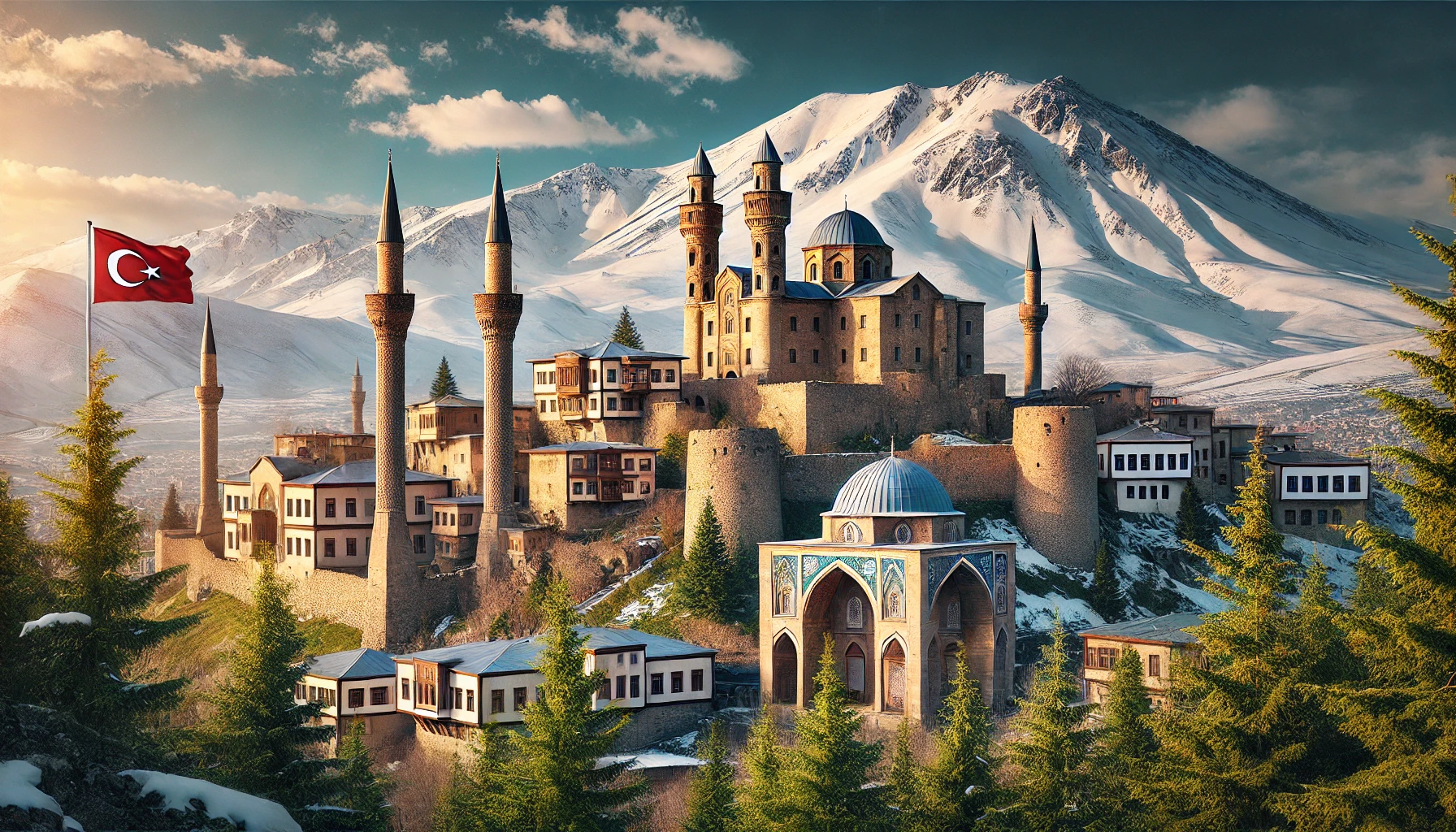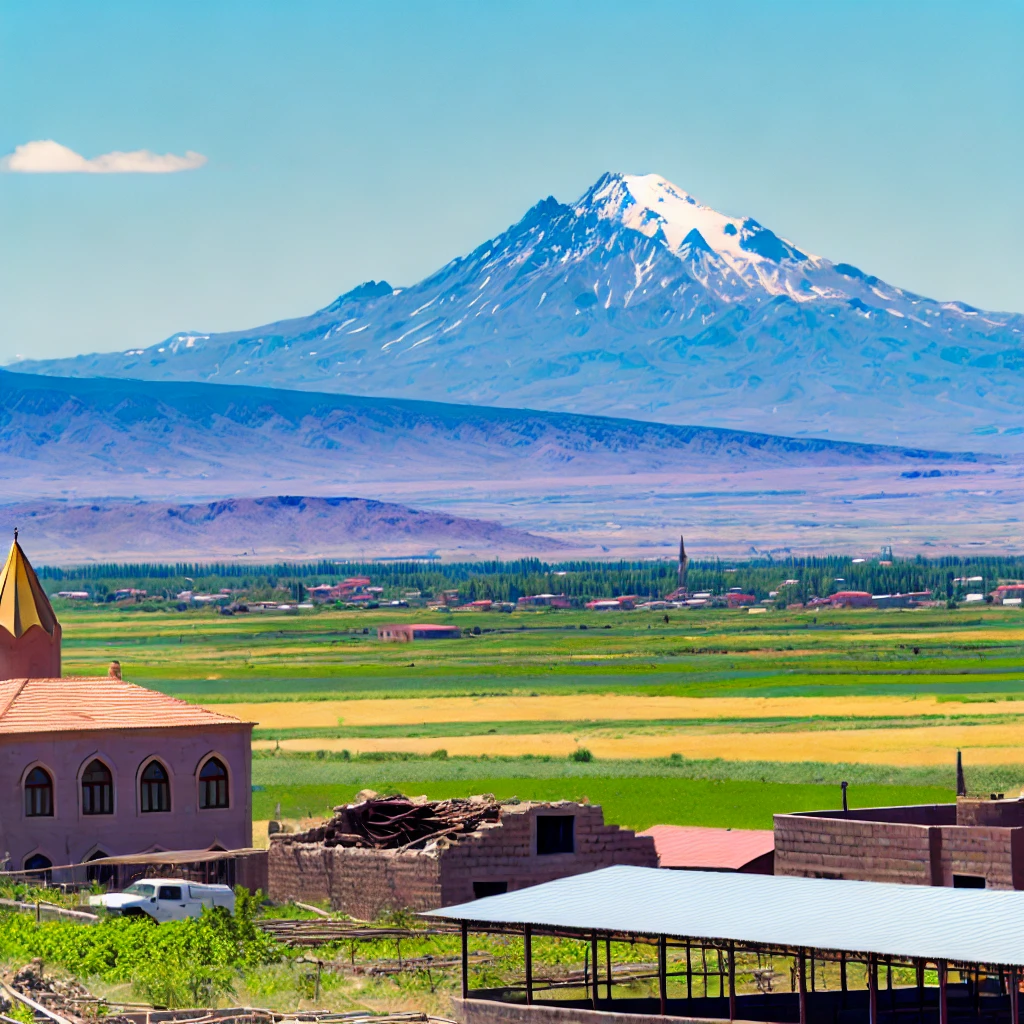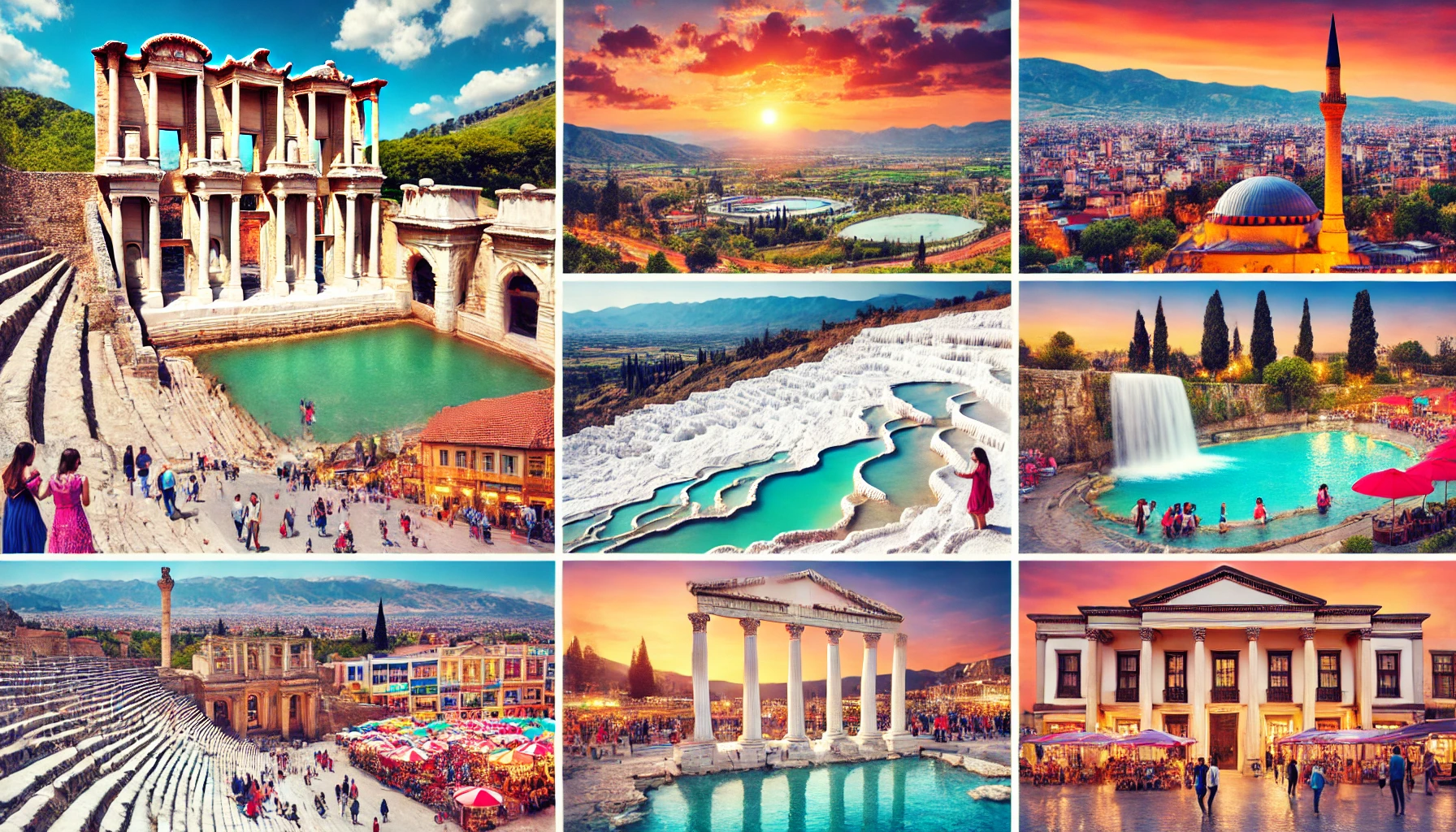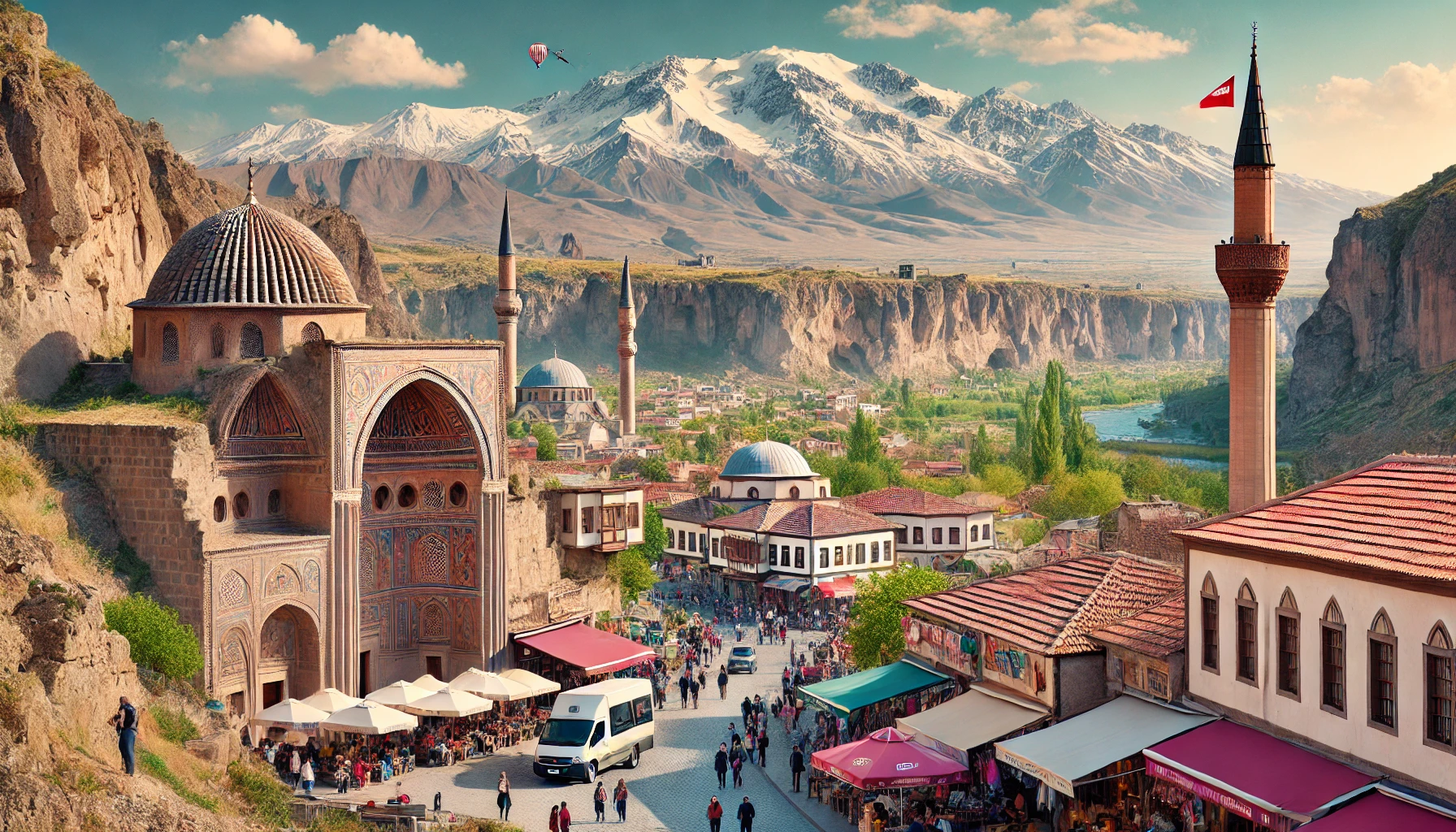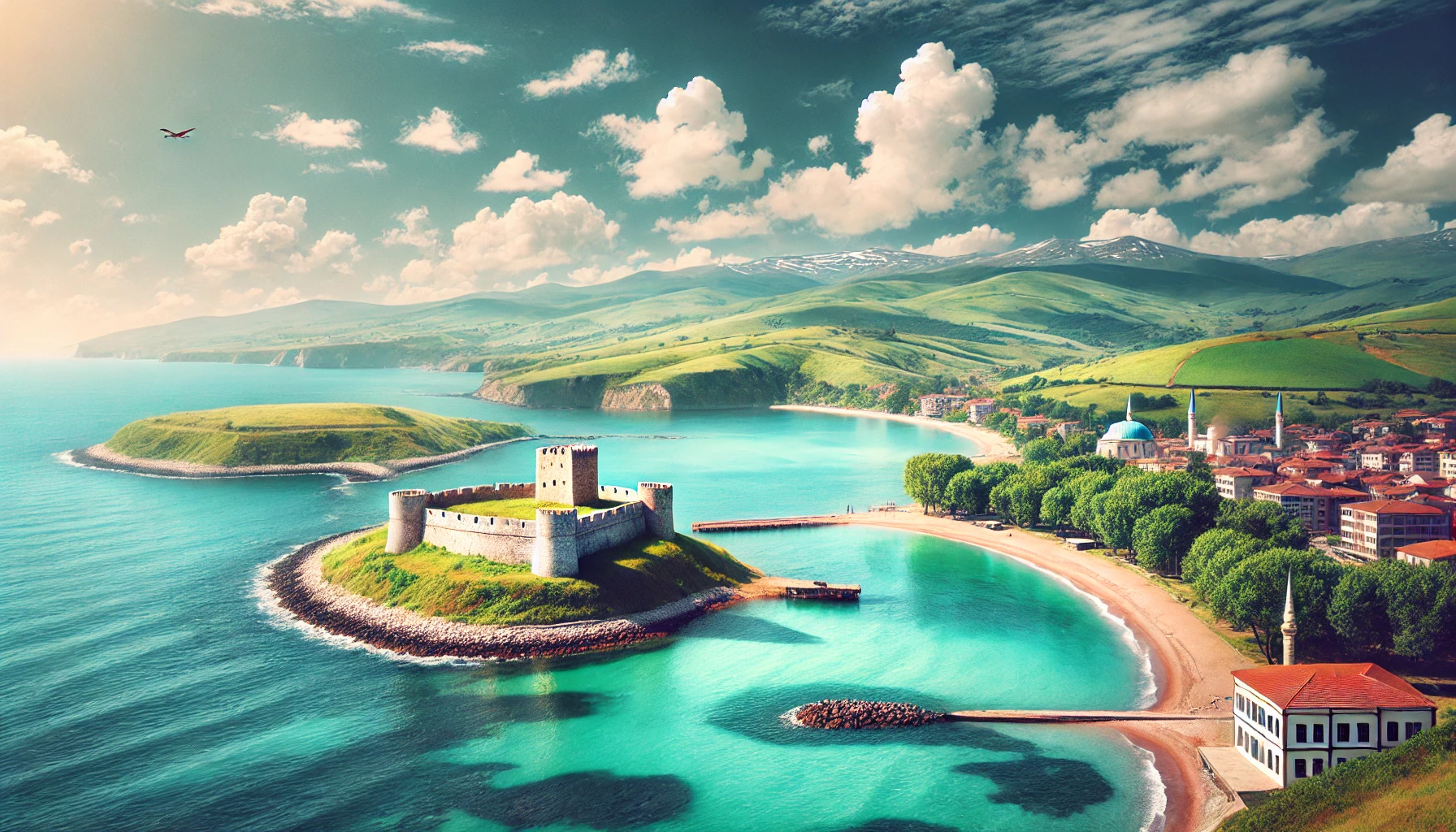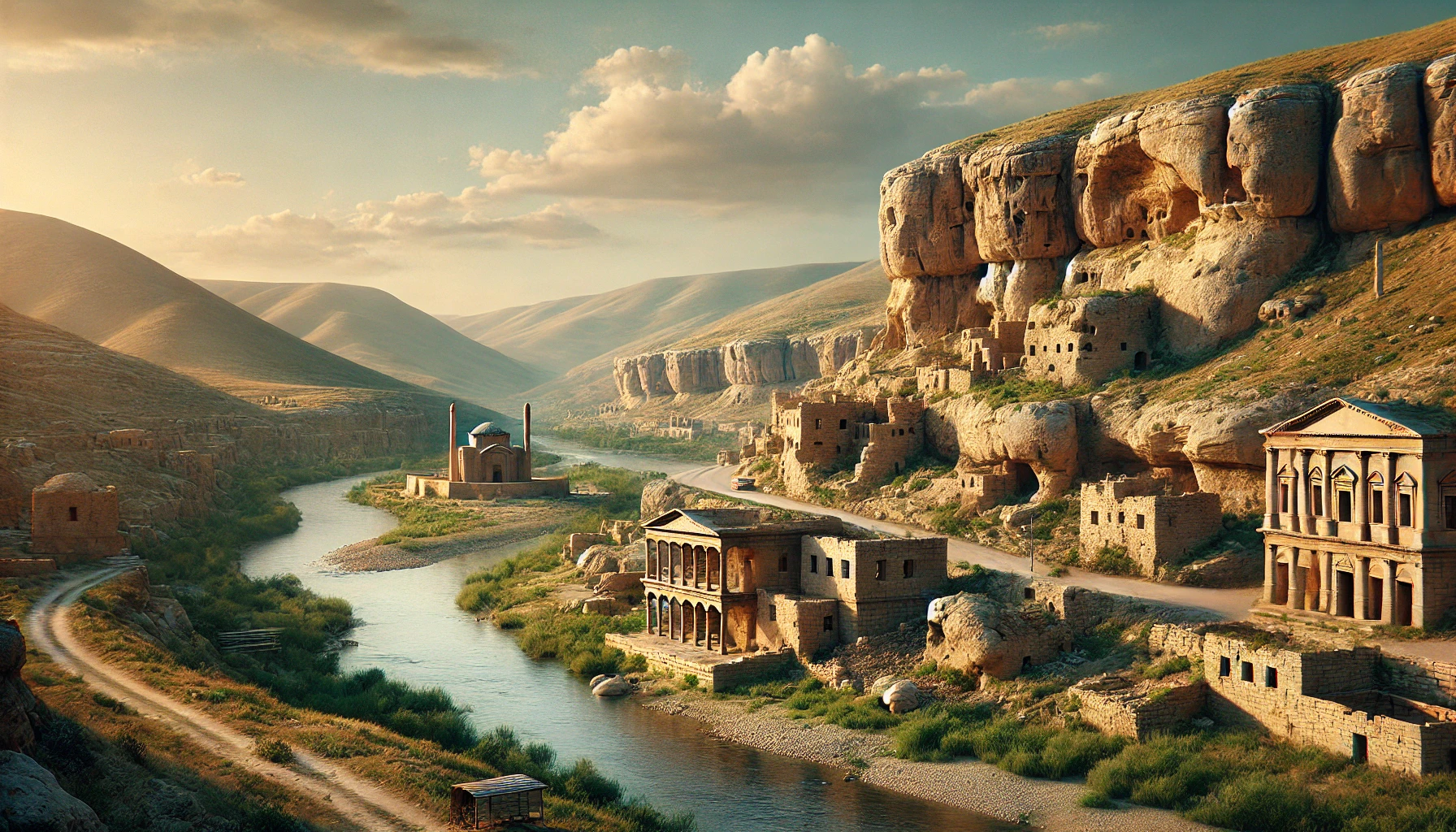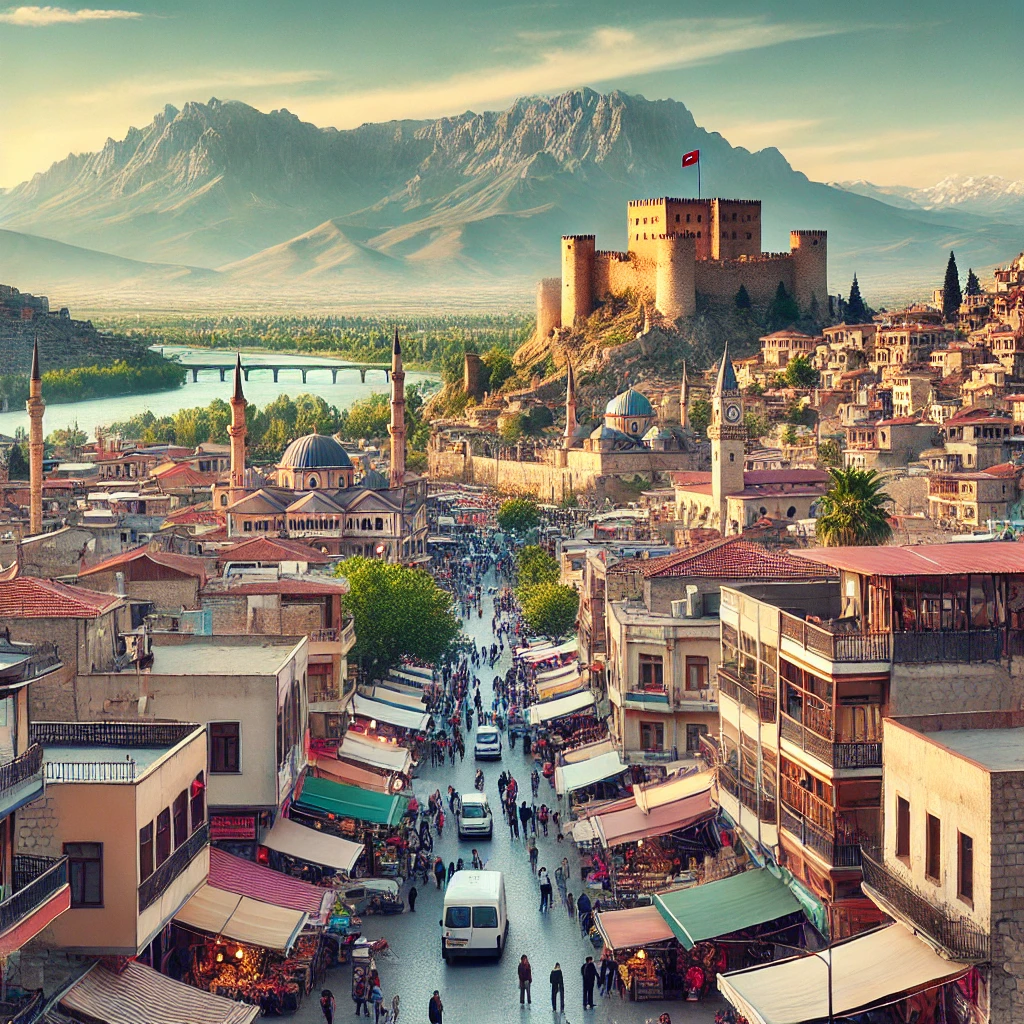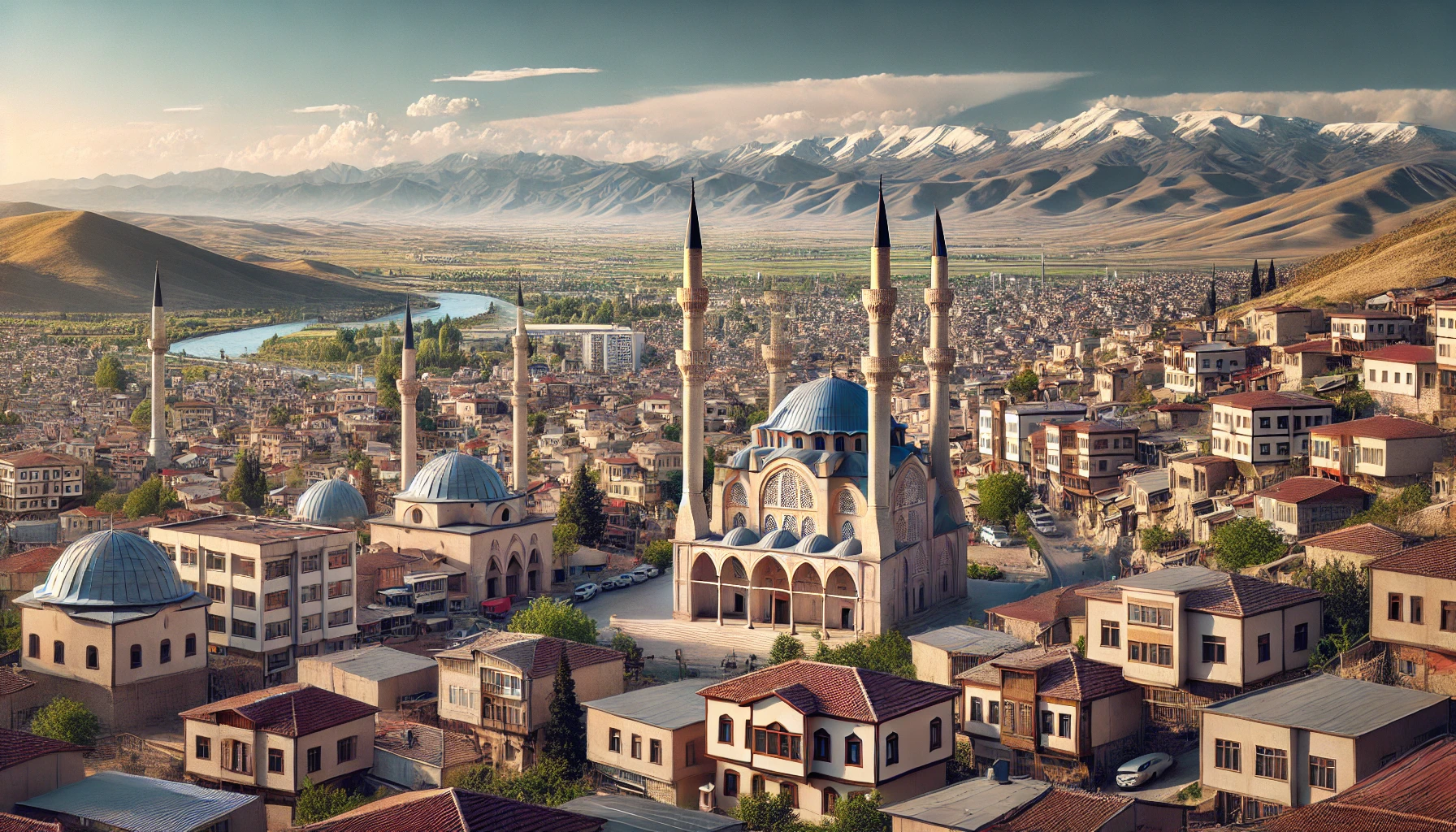Düzce: A Hidden Gem Between Istanbul and Ankara
Nestled in the lush landscape of northwestern Turkey, Düzce is a city brimming with history, culture, and natural beauty. As the capital city of Düzce Province, it is a relatively new province but boasts a rich heritage that dates back to ancient times. Situated between the bustling metropolises of Ankara and Istanbul, Düzce offers a serene escape with its scenic landscapes, historic sites, and warm local culture. Whether you’re a history buff, nature enthusiast, or just seeking a peaceful retreat, Düzce has something to offer every traveler.
History of Düzce
Ancient and Roman Period
The roots of Düzce trace back to the 3rd century BC in the historical town of Konuralp, located just 8 km north of the city. Originally part of the Bithynia kingdom, the region played a significant role in the ancient world. It later fell under the control of the Pontus kingdom and subsequently the Roman Empire, during which it was known as Prusias ad Hypium. The Roman period brought significant Latin influence, which is evident in the ruins and artifacts that remain today, such as statues and inscriptions.
Byzantine and Ottoman Era
Following the division of the Roman Empire, Düzce came under Byzantine rule, during which time Christianity began to take hold in the region. The Byzantine period saw the construction of numerous churches and monasteries. In 1204, the area was briefly under the control of the Latin Empire following the Crusaders’ invasion of Constantinople. By 1323, the region was absorbed into the burgeoning Ottoman Empire under the command of Konuralp Bey, one of Osman Gazi’s trusted commanders. During the Ottoman period, Düzce became a significant center for navy timber production and a crucial transportation hub between Istanbul and eastern cities like Sivas and Erzurum.
The Earthquakes of 1999
Düzce’s modern history is notably marked by the devastating earthquakes of 1999. The 17 August İzmit earthquake and the 12 November Düzce earthquake had a profound impact on the city, resulting in extensive damage and loss of life. The latter, with a magnitude of 7.2, caused the death of 845 people and injured over 5,000. In the aftermath, the Turkish government declared Düzce as the 81st province to facilitate rapid reconstruction and development.
Climate and Geography
Düzce enjoys a humid subtropical climate (Cfa) with chilly, occasionally snowy winters and warm to very warm summers. The region is characterized by its verdant landscapes, rolling hills, and proximity to the Black Sea, which influences its mild climate. The Düzce River Valley and the Büyük Melen River are significant geographical features, providing fertile soil for agriculture and scenic beauty.
Attractions in Düzce
Konuralp Museum
Located in the historical town of Konuralp, the Konuralp Museum is a treasure trove of artifacts from various periods, including Roman and Byzantine times. The museum houses a remarkable collection of statues, inscriptions, and everyday items that offer a glimpse into the ancient past of the region.
Prusias ad Hypium
The ruins of Prusias ad Hypium, an ancient city dating back to the Roman period, are a must-visit. The site includes a well-preserved theater, ancient walls, and various other structures that highlight the architectural prowess of the Romans.
Samandere Waterfall
For nature lovers, the Samandere Waterfall is a picturesque spot located in a lush forest setting. It is an ideal location for picnics, hiking, and enjoying the tranquil sounds of cascading water. The surrounding area is also home to diverse flora and fauna, making it a paradise for nature enthusiasts.
Efteni Lake
Efteni Lake is a natural wonder located near Düzce. The lake is a haven for birdwatchers, as it hosts numerous species of migratory birds. The serene environment and the breathtaking views make it a perfect spot for relaxation and photography.
Akçakoca
A coastal town near Düzce, Akçakoca is known for its beautiful beaches and historical sites. The town offers a blend of sea and history, with attractions like the Genoese Castle and the historic Akçakoca Mosque. It is an excellent destination for those looking to enjoy the sun and explore the rich cultural heritage of the region.
Cultural Insights
Düzce is a melting pot of cultures, thanks to its history of migrations and diverse population. The city has a rich culinary tradition that reflects its varied heritage. Local dishes such as “mancarlı pide” (a type of flatbread) and “peynirli ezme” (a cheese spread) are must-tries for any visitor. The city also hosts various festivals and events that celebrate its cultural diversity, including traditional music and dance performances.
Economic Activities
Agriculture
Agriculture is a cornerstone of Düzce’s economy. The region is known for producing a variety of crops, including tobacco, maize, wheat, nuts, and a range of vegetables. The fertile soil and favorable climate contribute to the high quality of agricultural produce.
Industry
Düzce has a growing industrial sector with significant contributions from automotive parts manufacturing, textiles, and pharmaceuticals. The city is also known for its production of hunting and sports guns, cement, and forestry products. The industrial areas are mainly concentrated near the city center and towns like Korgun, Şabanözü, and Çerkeş.
Transportation
Düzce is strategically located on the D-100 highway, which connects it to major cities like Ankara and Istanbul. The TEM highway also passes close to the city, providing easy access for travelers. The city is well-connected by road, making it a convenient stopover for those traveling between the two major metropolises.
Conclusion
Düzce is a city that beautifully blends history, culture, and natural beauty. Its rich past, marked by ancient civilizations and significant historical events, provides a fascinating backdrop for exploration. The city’s scenic landscapes, from waterfalls and lakes to coastal towns, offer endless opportunities for outdoor activities and relaxation. Whether you’re interested in delving into history, enjoying nature, or experiencing local culture, Düzce promises a memorable and enriching travel experience. As Turkey’s newest province, it stands as a testament to resilience and renewal, inviting travelers to discover its hidden gems and vibrant heritage.
Exploring the Districts and Towns of Düzce
Best Beaches in Düzce
Latest Update: Aug 18, 2024
Your Content Goes Here
TAGS: agriculture in Düzce, Akçakoca, Black Sea region, cultural festivals, Düzce, Düzce attractions, Düzce climate, Düzce economy, Düzce transportation, eco-tourism, Efteni Lake, history of Düzce, industry in Düzce, Konuralp Museum, natural beauty, Ottoman history, Prusias ad Hypium, Roman ruins, Samandere Waterfall, Turkey travel, Turkish cuisine, Turkish provinces
The Region of Düzce
A brief summary of the key points in this article.
Latest Travel Guides
Weather Today in Düzce, Turkey
Location: Düzce
Temperature: 0.21°C
Condition: Overcast clouds

